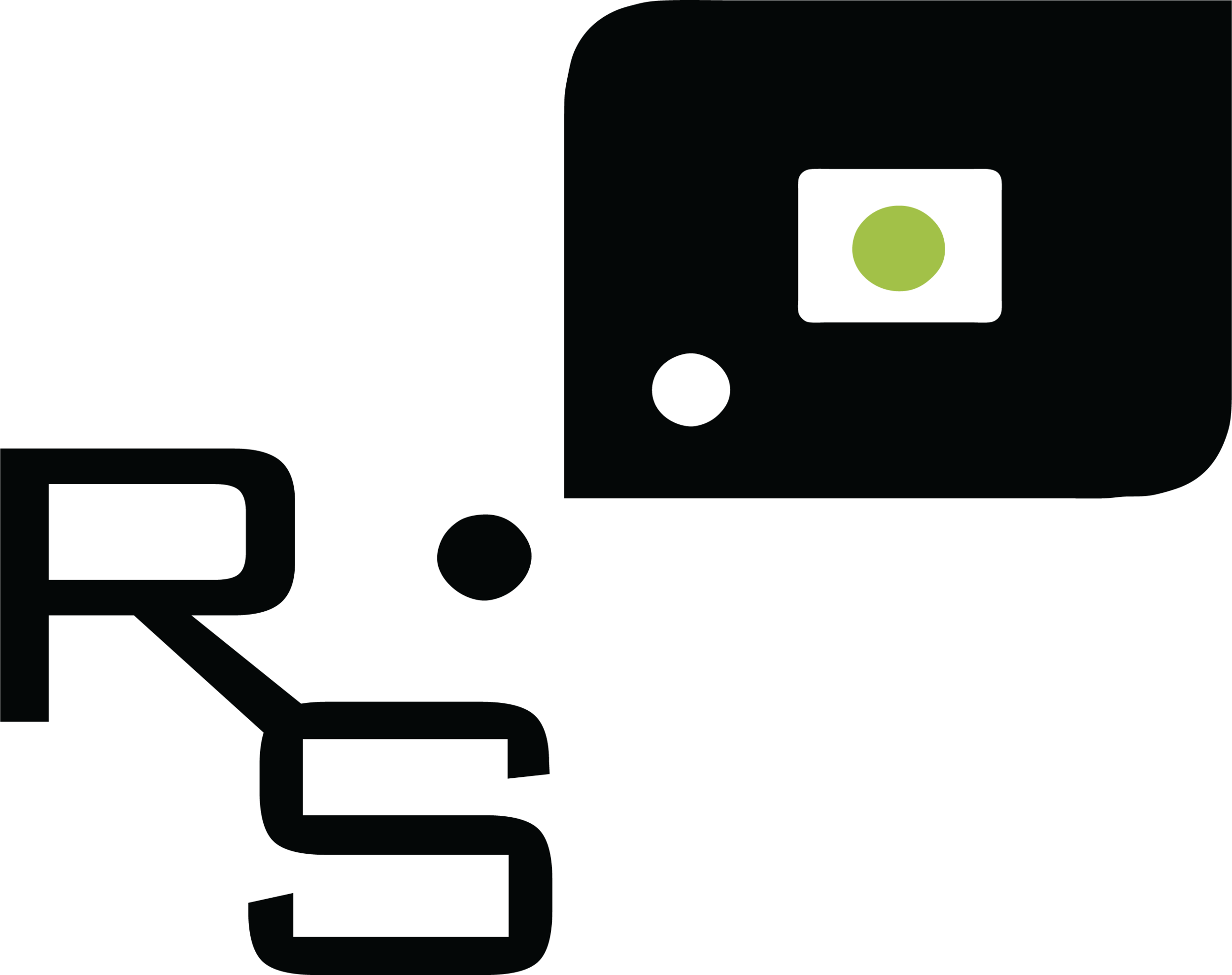Designing for the Modern Office
Beyond functionality, a truly effective office supports human well-being.
—by CHRIS SCHMITT
Confidential office client's cafeteria space / photo by VONDELINDE
For decades, offices were the epicenter of professional life—where productivity simmered behind cubicle walls and coworkers socialized by the water cooler. Open floor plans, fluorescent lighting, and assigned desks defined the white-collar setting for much of the 20th century. But the way we work has changed, and it’s time for offices to catch up.
THE LIFE & DEATH OF THE CUBICLE
Traditional offices were modeled around productivity, flexibility, and privacy. A cornerstone of that model was the cubicle, or “Action Office.” Designed in 1964 by Robert Propst for furnishings designer Herman Miller, the cubicle was an evolution of the bullpen-like offices of pre-war America. Vertical storage, ample desk space, partitions, customizable modules—even varying desk levels to allow for standing or sitting—were symbols of empowerment, allowing workers to “see more of their work spread out in front of them, not just stacked in an inbox.”
But, like any invention designed for the ebbs and flows of economic progress, cubicles became the tyrannical representation of the modern workplace. How did a space originally meant to create more productive, empowered workers become the epitome of corporate life? “It was driven that way by economics,” said Joe Schwartz, former marketing chief who launched Herman Miller’s design. In the end, efficiency won—and the worker lost.
Confidential office client’s executive suite / photo by VONDELINDE
Modern offices are feeling a similar external pressure to the cubicle. In the wake of digital automation, remote work, and post-pandemic life, how can offices escape their partitioned pasts and be reborn as destinations of collaboration and creativity?
DESIGNING FOR ADAPTABILITY & CHOICE
Propst’s unfulfilled goals of a flexible system encouraging fortuitous encounters, spontaneity, and idea sharing are now in direct alignment with the evolved, modern workforce. Gone are traditional secretarial and accounting jobs and one-size-fits-all workstations. A modern office must be adaptable, foster collaboration, and promote employee well-being. Where some people need quiet spaces for deep focus, others thrive in collaborative settings. Offices should offer a mix of open work areas, private nooks, team pods, and meeting spaces—basically, a design that accounts for both “Let’s brainstorm!” and “Caffeine first, conversation later.”
Technology must also be seamlessly woven into the design. Smart meeting rooms equipped with digital tools can bridge the gap between in-person and remote teams. Modular furniture and adaptable layouts allow spaces to flex with changing needs, ensuring dynamic environments for a range of teams. A well-designed workspace should never feel rigid—it should intuitively support the way people work, interact, and create.
DESIGNING FOR WELLBEING & CONNECTION
Beyond functionality, a truly effective office supports human well-being. Natural light, biophilic elements—like plants, natural materials, color, and even sensory experiences—help create an environment that feels inspiring and restorative. NIH research supports this assertion, finding that the integration of nature into workspaces is a tool for stress reduction and improved productivity.
VIBE Realty + RoehrSchmitt Architecture + Mission Construction – 400 Selby Ave # C, St Paul, MN / photo by Spacecrafting
Equally important is culture. Remote work has many benefits, but it can lack the sense of belonging that physical spaces provide. In speaking about his 2025 book The Siren’s Call: How Attention Became the World’s Most Endangered Resource, Chris Hayes defines culture as the thing people in an organization decide to pay attention to, together. A thoughtfully designed office can connect the convenience of remote work with the inherent value of togetherness. It can reinforce company identity and strengthen relationships, making people feel more engaged with both their work and their colleagues. Whether through intentional social spaces, wellness rooms, or a layout that encourages interaction, the best offices bring people together in meaningful ways. A great office builds culture.
Inprela Communications common space / photo by Gilbertson Photography
DESIGNING FUTURE WORKPLACES: INTENTIONAL, NOT MANDATORY
The office isn’t disappearing—it’s evolving. With over 40 million Americans working remotely three to five days a week, offices must compete with the convenience of home while justifying the cost of returning to physical spaces. Organizations must look ahead to what an office could be. The future isn’t about mandating where people work, but about designing spaces that make people want to be there. By prioritizing flexibility, collaboration, and well-being, businesses can create environments that don’t just support work but enhance it. The question is no longer whether we need offices. It’s how we can design them to be more meaningful, engaging, and (dare we say) enjoyable.
And if all else fails, at least make sure there’s good coffee.
— As published in Work Design Magazine, June 12, 2025




